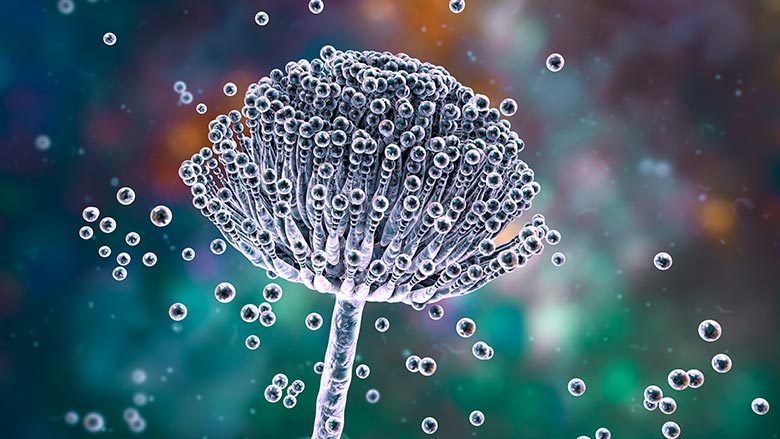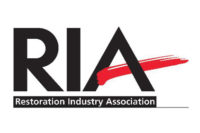
Earlier this year, the American National Standards Institute (ANSI) notified the Indoor Environmental Standards Organization (IESO) of the approval of the IESO/RIA 6001-2011 Evaluation of Heating, Ventilation and Air Conditioning (HVAC) Interior Surfaces to Determine the Presence of Fire-Related Particulate as a Result of a Fire in a Structure. The standard was produced in close cooperation with a subcommittee convened by the Restoration Industry Association (RIA). It was developed to specify the evaluation process for fire and smoke-impacted HVAC systems through a precise inspection and sampling protocol. This was the first ANSI-approved standard for both organizations.
Contributors to the standard included:
- Tom Yacobellis, DUCTZ North America, LLC (Dunedin, FL), Chairman
- Daniel Greenblatt, CMH, Envirotech Clean Air, Inc. (Stoneham, MA), Vice Chairman
- Bob Baker, Fellow ASHRAE, OPMP, BBJ Environmental Solutions (Tampa, FL)
- Sam Covino, CIH, Covino Environmental Associates, Inc. (Woburn, MA)
- Graham Dick, CR, CMP, Genesis Restorations, Ltd. (Surrey, B.C.)
- Ron Fallon, CR, CMH, Envirotech Clean Air, Inc. (Stoneham, MA)
- Carl Grimes, HHS CIEC, Healthy Habitats, LLC (Denver, CO)
- Patricia L. Harman, Restoration Industry Association (Rockville, MD)
- Sami Laine, CIE, DUCTZ North America, LLC (Redington Beach, FL)
- Lori Streit, Ph.D., Unified Engineering, Inc. (Aurora, IL)
- Davidge Warfield, CMH, Consolidated Environmental, Inc. (Wilmington, DE)
The standard, which has been in development since early 2009, will be used in the field to help determine if fire-related residues have been deposited on HVAC interior surfaces. The standard does not determine what materials have been burned in the fire or what specific materials have been deposited on a surface.
The standard uses char as the primary indicator and soot as the secondary indicator of fire-related particulate. It also requires the quantification of char or soot concentrations to allow comparisons with a control sample, since merely identifying the presence or absence of char is not sufficient.
“This accomplishment represents a major milestone for RIA and IESO,” said RIA President Frank Headen, CR, WLS, CMH. “It illustrates what can be done when organizations collaborate for the good of the industry at large.”
The new IESO-RIA standard is available for purchase through the RIA and IAQA online stores.
RIA Committees Begin Work on Fire Damage Standard
RIA is gearing up two more subcommittees to begin work on a major fire damage standard for the industry. The standard will comprise a series of component standards addressing everything from identifying whether or not a structure has been impacted by a fire, to specifics on how to remediate and clean the structure and its contents.
Michael McGuinness, CIH, CET, CIAQP, ABIH-IEQ, of R.K. Occupational & Environmental Analysis, Inc. and Larry Holder, CR, of BELFOR USA will serve as the chair and vice chair of the first committee, which is working on the assessment and characterization of fire-related particulate impacting structures and contents. Lee King, CR, of AFTERDISASTER is serving as the chairman of the second committee addressing the restoration of structures impacted by fire-related particulate. Once these standards are developed, RIA will form more subcommittees to create additional components addressing other aspects of fire restoration. Anyone interested in participating in the standards development should contactpharman@restorationindustry.org.



